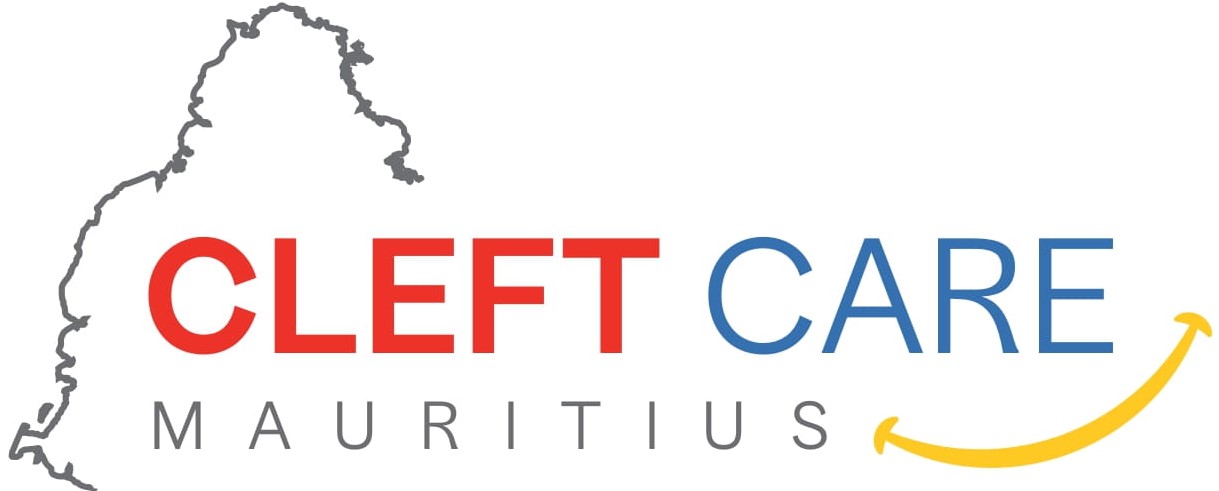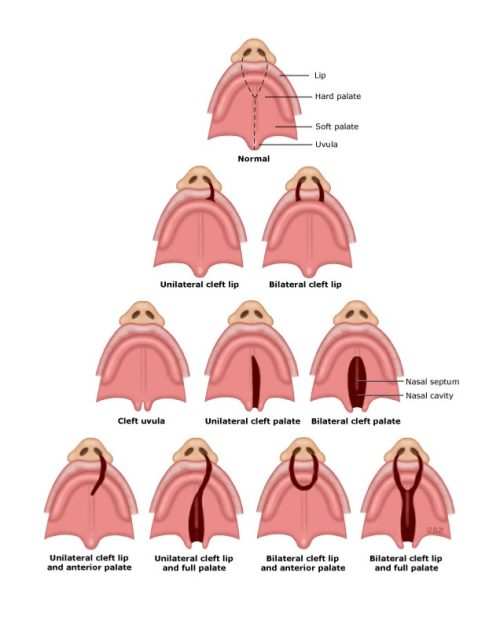CLEFT FACT #1
Every minute, a child with cleft is born in the world. Cleft lip and/or palate occurs in about 1 to 2 per 1000 births in developing countries.
CLEFT FACT #2
The prevalence of cleft lip and/or palate varies according to ancestral origin and socioeconomic status, ranging from 1 in 500 in individuals of Asian origin and 1 in 2500 in those from African origin.
CLEFT FACT #3
Babies born with cleft lip and/or palate can get corrective surgeries as early as 6 months old. Early surgical interventions help to improve their hearing, speech and breathing.






